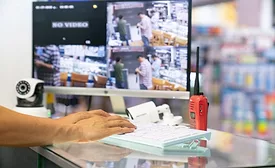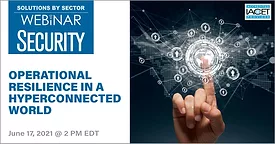Security Leadership and Management
Stopping threats in today’s threat landscape
Many adversaries take advantage of new vulnerabilities and convert them into weaponized attacks, while extreme adversaries focus on supply chain and targeted attacks.
June 18, 2021
Sign-up to receive top management & result-driven techniques in the industry.
Join over 20,000+ industry leaders who receive our premium content.
SIGN UP TODAY!Copyright ©2025. All Rights Reserved BNP Media.
Design, CMS, Hosting & Web Development :: ePublishing













